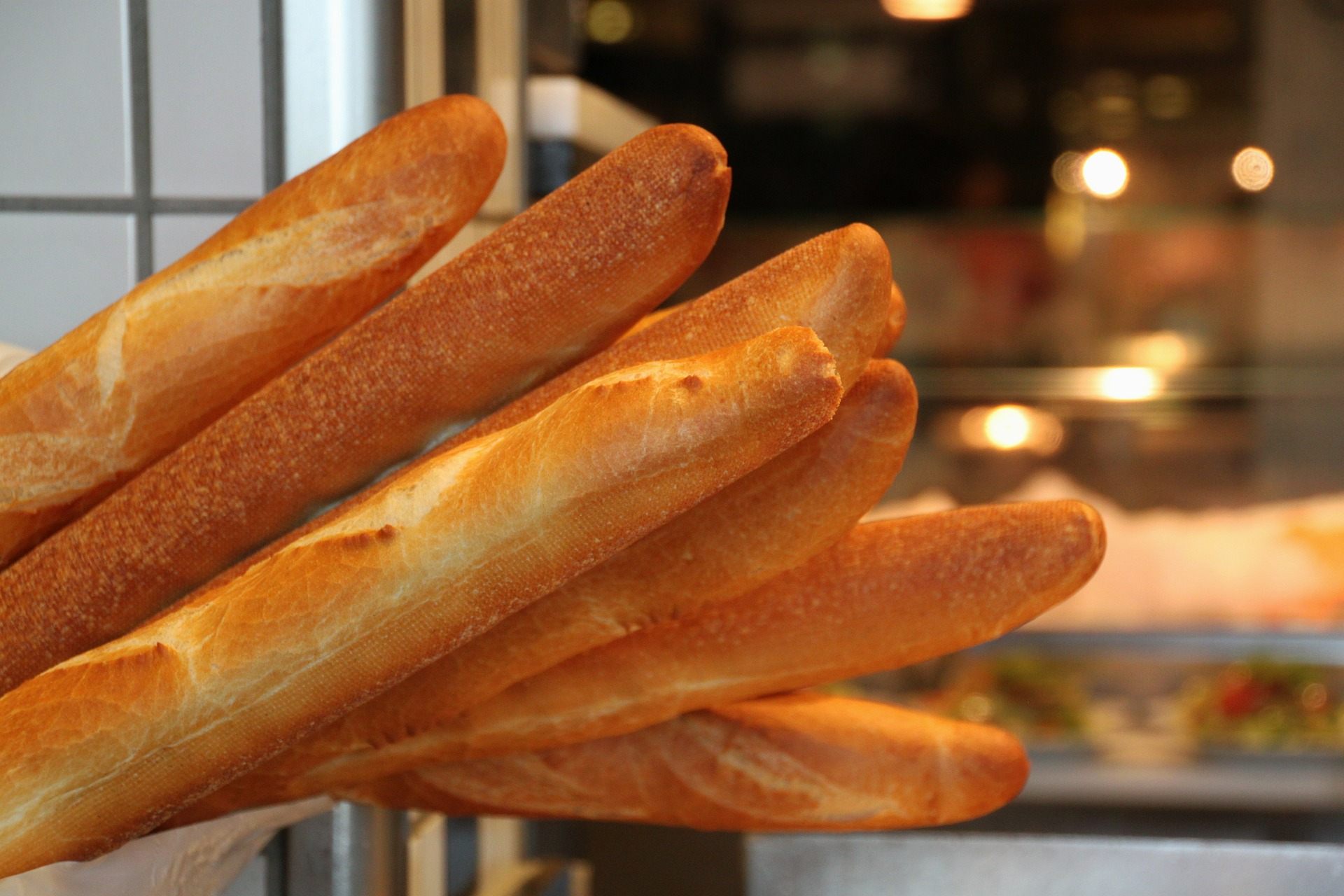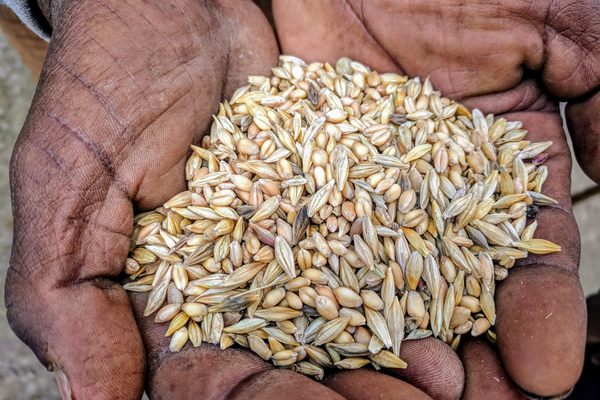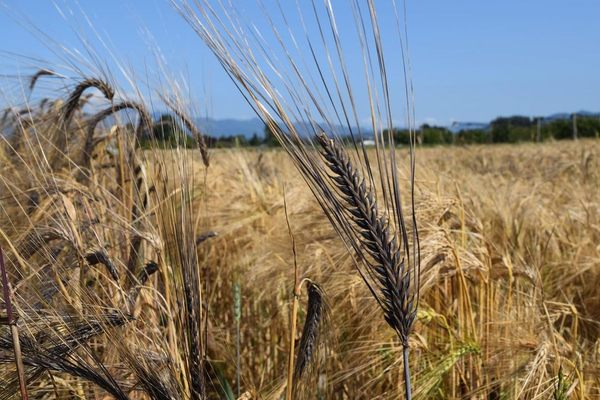Science Serves Up the Secret to the Perfect Baguette
Who thinks it’s a crispy crust?

There are few things in life more satisfying than a fresh baguette and some really good cheese. But all baguettes are not the same. Some are chewier and others are crispier. They can be light or dense. Texture and aroma vary as much as flavor. A new report from researchers in (where else?) France lays out just what makes a baguette truly great.
The perception of food is complex. When you chew, you’re not only tasting the food with your tongue and feeling its texture in your mouth, but you’re also smelling it through your nose. That smell comes from volatile compounds, and the researchers, from AgroParisTech, an agricultural university, wanted to know how the texture of a baguette affects the release of those molecules.
The team bought or baked loaves for some lucky taste testers and measured the volatile compounds in their noses while they chewed different samples. The volunteers had to wear glasses fitted with metal tubes that went into their noses and were attached to a big machine, and cheese would have messed up the test, but hopefully le pain était très bon?
“Crumb firmness, and, in all likelihood, crust brittleness are important factors” that affect the release of volatile compounds, the researchers write in the report. That’s probably because “firm breads induced more intense chewing activity.” A crustier baguette requires more jaw power, but that chewing releases more of the smells that augment taste and make the experience of the bread so amazing.
The research was funded by Lesaffre, a French yeast manufacturer, so it should be taken with a grain of salt. But then you can add some flour and water to that yeast and salt … just make sure it ends up crispy.
Gastro Obscura covers the world’s most wondrous food and drink.
Sign up for our regular newsletter.

































Follow us on Twitter to get the latest on the world's hidden wonders.
Like us on Facebook to get the latest on the world's hidden wonders.
Follow us on Twitter Like us on Facebook